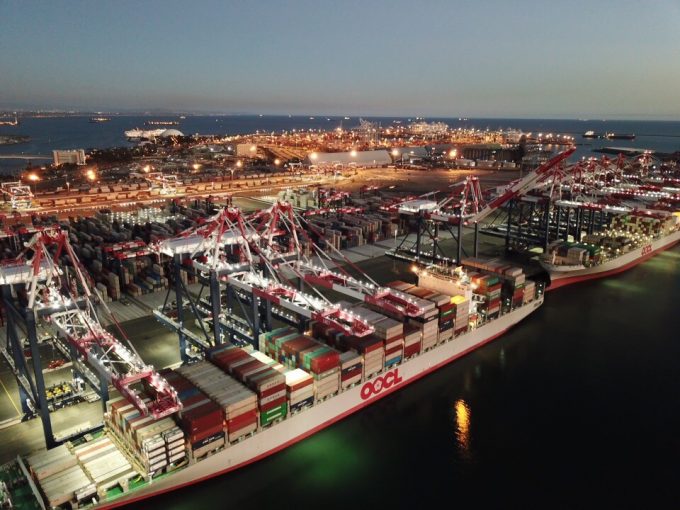Rapid transpacific capacity build-up continues – can USWC ports handle it?
Despite news over the weekend that trade tensions between China and the US were getting ...

Shipper and forwarders planning their container shipment bookings for the third quarter can expect a new wave of blanking announcements over the next two-to-three weeks.
While the second quarter of the year was characterised by a wave of cancelled sailings, there have, so far, been relatively ...
Predatory rivals circle as the ripples from DSV's Schenker buy widen
MSC Elsa crew face criminal probe, as Wan Hai 503 firefighters battle on
Latest Israeli attack on Iran a threat to box ships in Straits of Hormuz
Industry concerns rise after yet another box ship on fire off Indian coast
'It's driving us mad', say forwarders as US court fails to end tariff turmoil
European port congestion easing – for now
More legal trouble in India for MSC: feeder vessel detained after box ship disasters
MSC to hold 15% global container terminal market share after Hutch buy
EXCLUSIVE: The good old DSV, 'Winning as One' – all Schenker top dogs out (Part 2)
EXCLUSIVE: Schenker top exec departs 'One DSV' – fishing continues (Part 1)
DHL makes €500m bid to increase its presence in 'fast-growing Gulf markets'

Comment on this article
Gary Ferrulli
May 26, 2020 at 4:33 pmThe headline is like stating the date, it’s pretty obvious. If carriers lower their rates they will lose money. The $23. Billion is a very speculative amount, but reflects about what they lost in 2009. But their actions of the last 18-20 months of managing capacity to the markets has kept them from loosing huge amounts, some well managed companies making money, others (usually government affiliated) losing.
If that process remains in place, as an industry they are likely to make money. It comes down to management decision making.